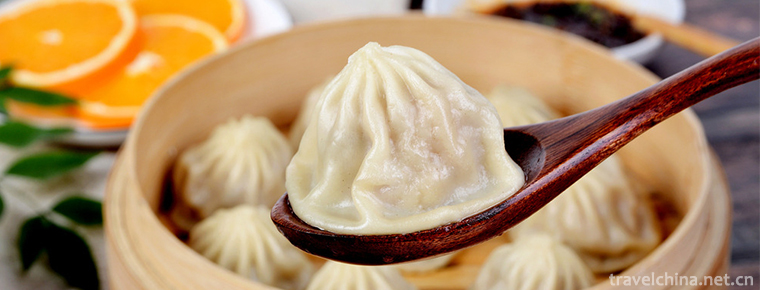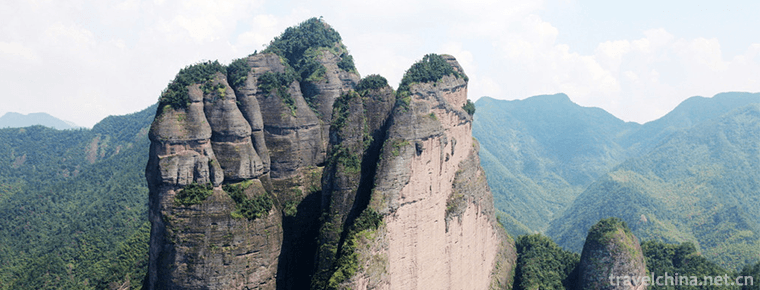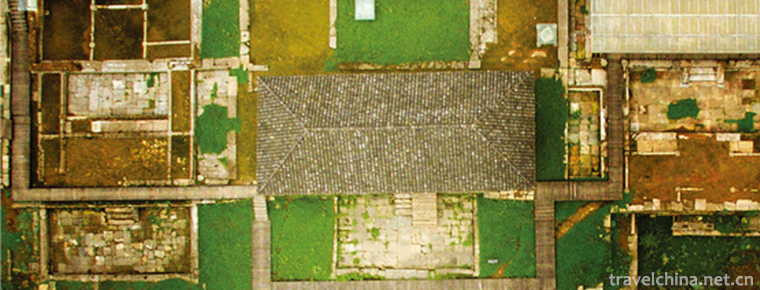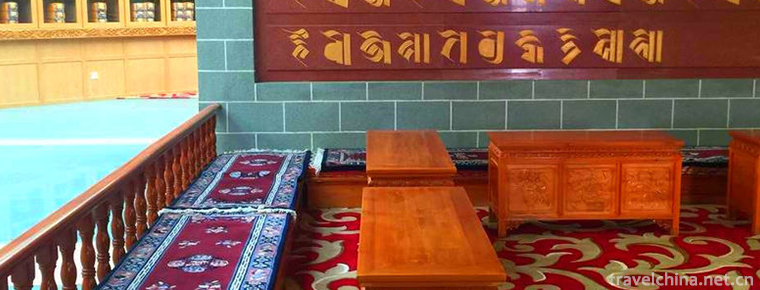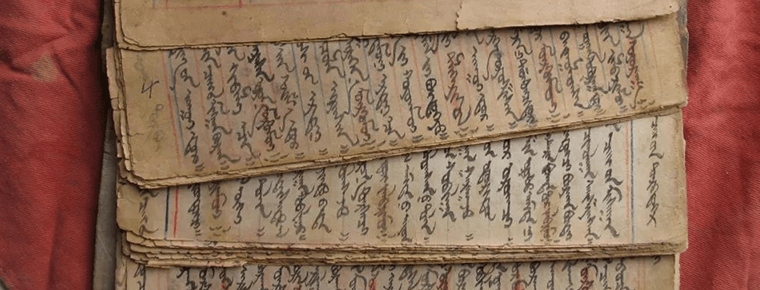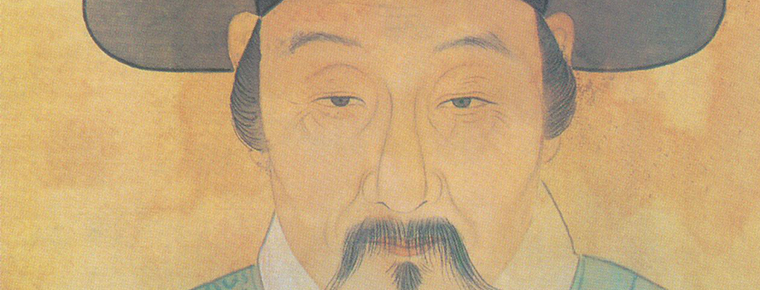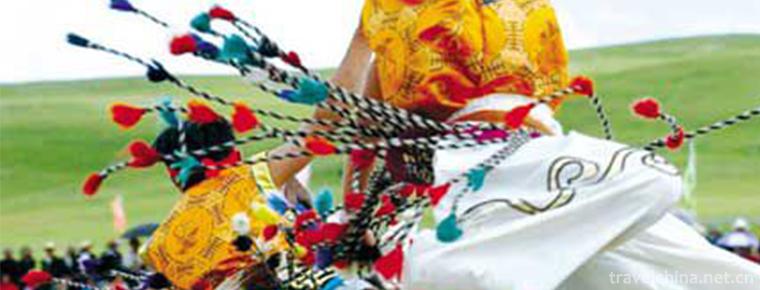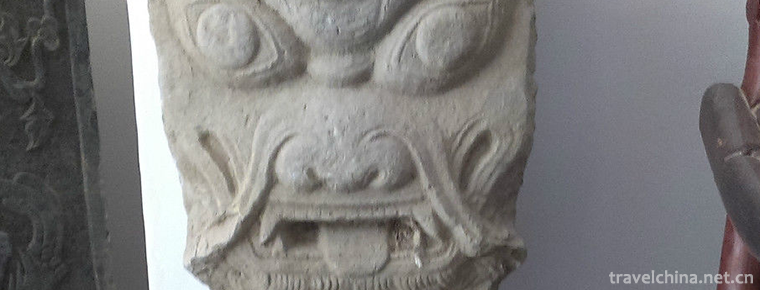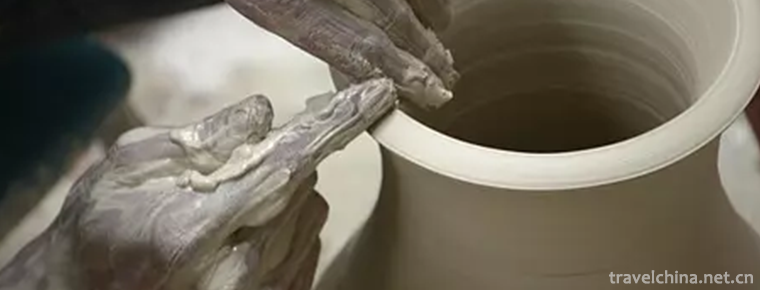Carrying a number
Carrying a number
Handling trumpets is one of the trumpets of traditional folk songs. It is popular in many fields, such as manual workers, such as loading and unloading, lifting, pushing and pulling goods.
On June 7, 2008, the carrying number was approved by the State Council to be included in the second batch of national intangible cultural heritage list.
Basic categories
According to its labor characteristics, the trumpets can be basically divided into three categories:the trumpet trumpet trumpet trumpet trumpet trumpet trumpet trumpet trumpet trumpet trumpet trumpet trumpet trumpet trumpet trump
(1) Loading and unloading numbers, which are well known in Dalian, Tianjin, Qingdao, Shanghai, Guangzhou and other places, such as crane number, shoulder number, baggage number, etc.
Second, the number of carts, such as "whistle on the flat road of the cart" in Chengdu, Sichuan, the number of pulling cart in Anhui Province, and the number of the cart in Tianjin, etc.
(3) Pick up the number, including the basket number, shoulder number, unloading number, loading number, carrying rod number and so on. Comparatively distinctive are Shanghai's "Four Combinations" and Sichuan's "Hardware Whistle Carrier" in Zigong.
Pragmatic value
Because of the high intensity of handling labor and close cooperation, the chant has strong practicability, and most of the lyrics are labor calls, with few meaningful words. Most of them are lead and form, while a few are singing alone or in pairs.
Artistic characteristics
Its musical characteristics are as follows:
Since it is always singing in the process of walking back and forth, the rhythm, rhythm and speed of the chant must be in harmony with the pace of labor.
(2) High-pitched, loud, strong breath, with the characteristics of shouting and calling. The phrases are short, collar, and compact.
(3) The composition of music is simpler, the change of structure is less, and the form of music is simple. The rhythm is regular. The rhythm is mainly 2/4. Some of them alternate 2/4 with 3/4 and 4/4.


-
Tiananmen Square
East Chang'an Avenue, Dongcheng District, Beijing, China.
Views: 317 Time 2018-10-02 -
Kaifeng soup dumplings
Kaifeng filling soup bag is one of the famous foods in Kaifeng because of its unique flavor. The soup is thin and white like Jingdezhen ceramics. It has a transparent feeling.
Views: 203 Time 2018-11-26 -
Jiang Lang Shan
Jianglangshan, formerly known as Yulangshan and Jinchunshan, is located in Shimen Town, Jiangshan City, Quzhou City, Zhejiang Province.
Views: 165 Time 2018-12-07 -
Hailongtun Site
Hailongtun is located on the top of Longyan Mountain, about 28 kilometers northwest of Zunyi City, Guizhou Province. It is also called Hailongdun, Longyantun and Longyantun..
Views: 165 Time 2019-01-13 -
Tibetan Medicine
Tibetan medicine is a bright pearl in the treasure house of Chinese medicine. The Tibetan people living in the snow-covered plateau for generations have accumulated .
Views: 136 Time 2019-04-05 -
Chagan Sulide Festival
Sulide, in Mongolian, has the meaning of auspiciousness, loftiness, harmony, unity and harmony. The sacrifice of Chagan Sulide is the natural worship of the universe of heaven and earth gradually form.
Views: 100 Time 2019-04-15 -
The story of Xie Jin
Xie Jin (Dec. 6, 1369 - Feb. 22, 1415), a literary Minister of Ming Dynasty, was born in Jishui, Ji'an Prefecture, Jiangxi Province..
Views: 111 Time 2019-05-06 -
Reba Dance
Reba dance is a form of dance performed by Tibetan "Reba" artists. Reba is a group of street artists who make a living selling arts (usually composed of family as the basic unit) performing,.
Views: 175 Time 2019-06-11 -
Taishan Stone Dang Custom
Taishan Stone Dangdang Custom is a relic of ancient people's worship of spiritual stones. Mountain and stone are regarded as personality by myth, which is a typical traditional folk culture that has b.
Views: 140 Time 2019-06-18 -
Celadon Firing Techniques of Yue Kiln
The firing history of celadon in Yue kiln has gone through the firing process of primitive, primitive and mature ceramics kilns and mature ceramics kilns (i.e. ceramics kilns). In the firing process, .
Views: 140 Time 2019-07-16 -
Leshan medical and health
By the end of 2018, Leshan City had 3259 health institutions (including village clinics). Among them, there are 102 hospitals, 207 health centers, 12 maternal and child health centers (stations, stations), 12 centers for Disease Control and prevention, 12 health .
Views: 330 Time 2020-12-17 -
Yibin water resources
Yibin city produces 614500 cubic meters of water per square kilometer per year. In addition to the amount of water from various rivers in the city, the city has a total annual water volume of 242.84 billion cubic meters, and the average annual water occupatio.
Views: 359 Time 2020-12-18

